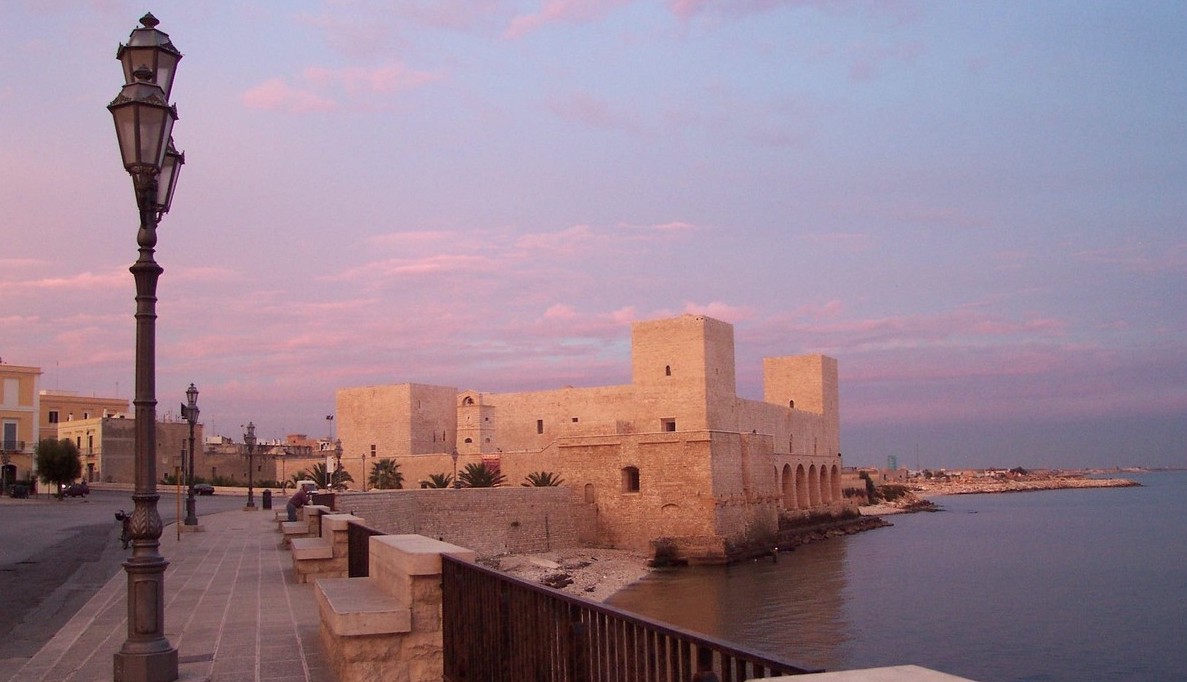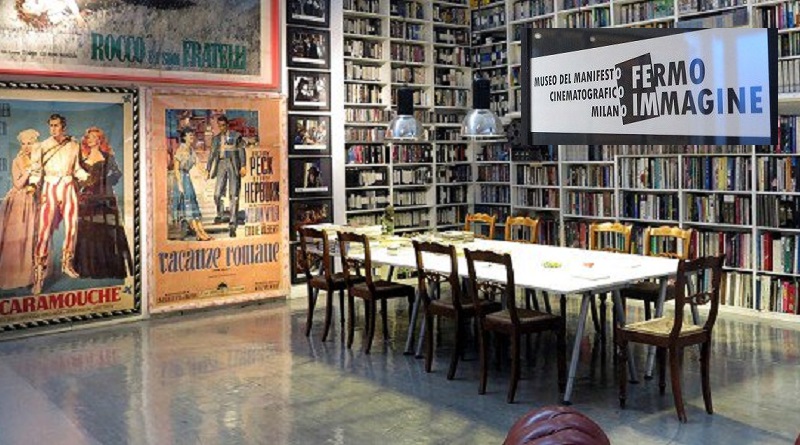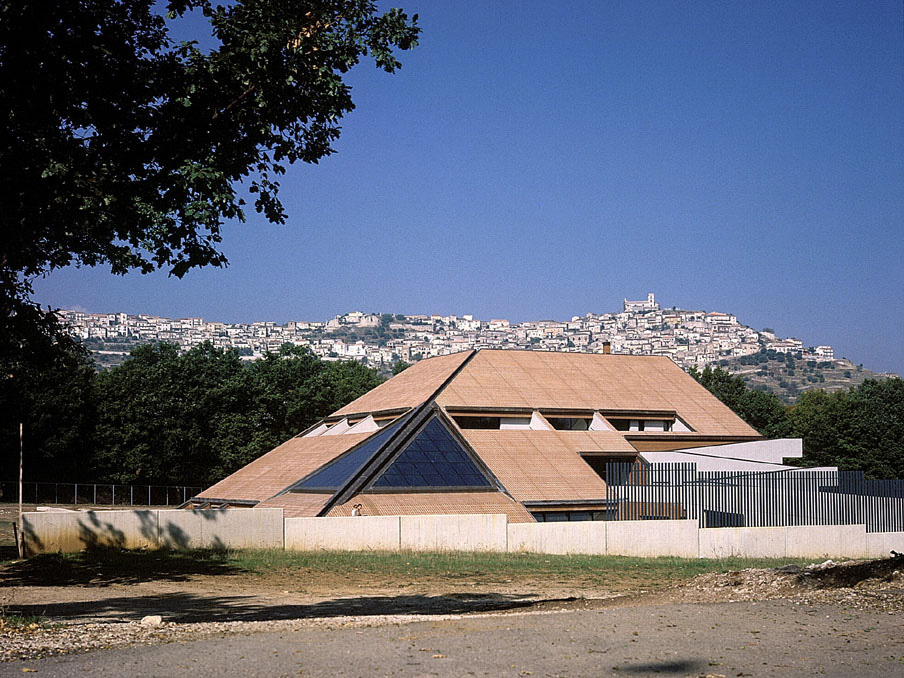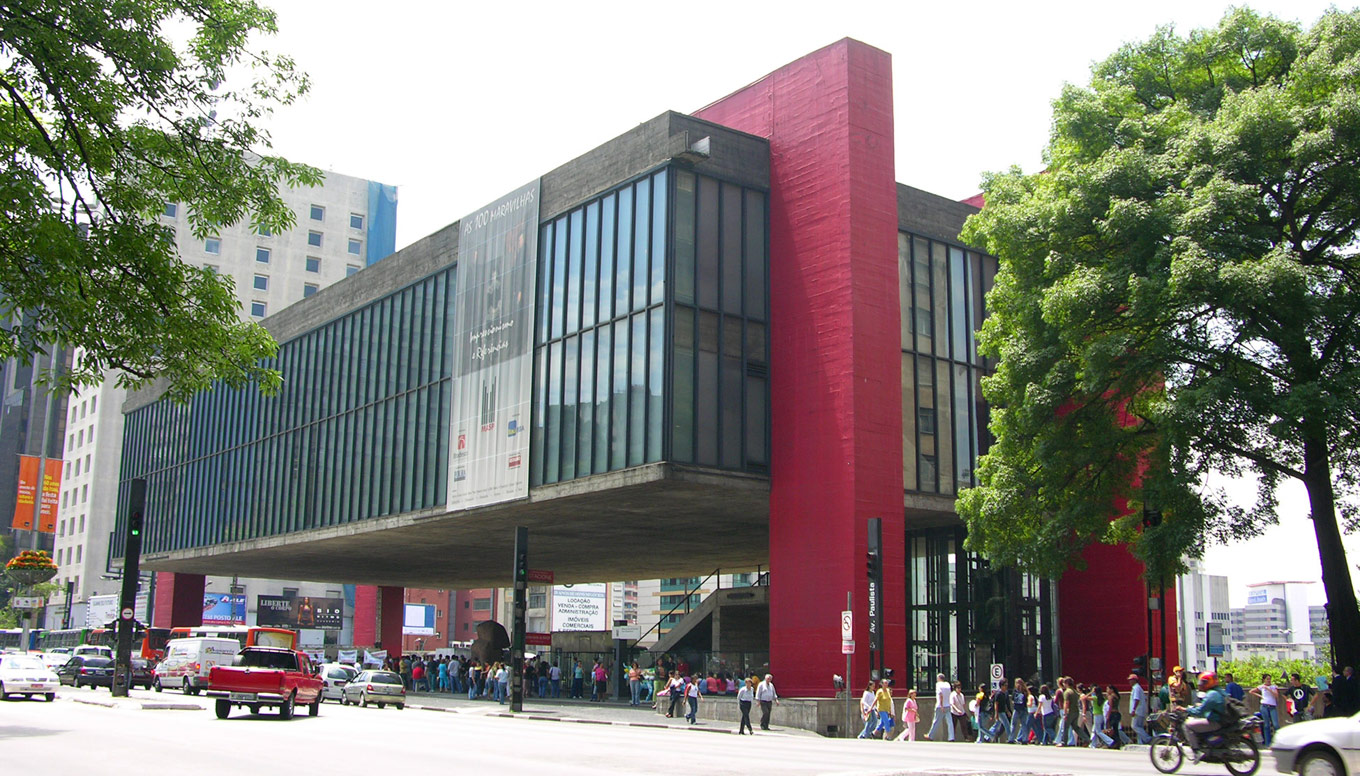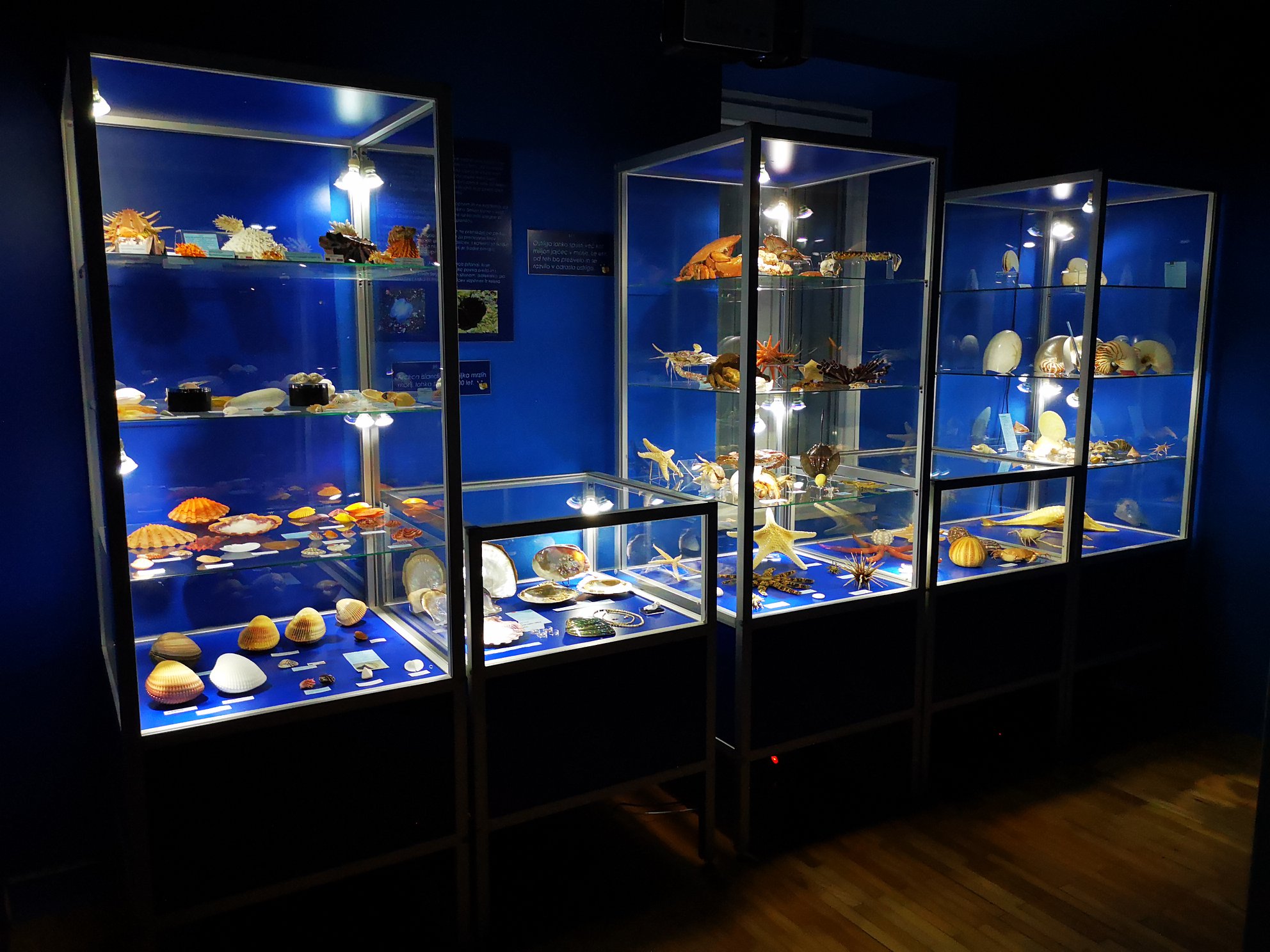The Castle of Trani is part of an imposing defensive system built by Frederick II of Swabia to protect the Kingdom of Sicily. It stands a short distance from the famous cathedral, strategically located in the middle of a roadstead, whose shallow waters have always been an excellent natural defense, both from the fury of the waves and from possible attacks by the enemy.
Built on the model of the Crusader castles of the Holy Land, in turn indebted to the Roman castras, with a quadrangular plan, it is reinforced at the top by four square towers of equal height. In the 16th century, with the advent of firearms, the castle was adapted to the new defensive techniques. The building has two monumental halls of Frederick’s era on the first floor. This central nucleus was enlarged with the construction of the ramparts: the north-east one with a square plan and the south-west one with a spearhead, connected by the antemural that encloses large secondary courtyards. The body of the casemates, built in the Renaissance period, delimits the central courtyard. The building was the object of further adaptation works in the 19th century, in order to be adapted to the prison function. In the seventies it passed into the hands of the Ministry of Education, now the Ministry of Cultural Heritage and Activities, which oversaw the restoration and musealization.
In the Castle Museum, located on the ground floor of the square bastion, there are stone and ceramic finds from the excavations carried out during the restoration of the 20th century.
